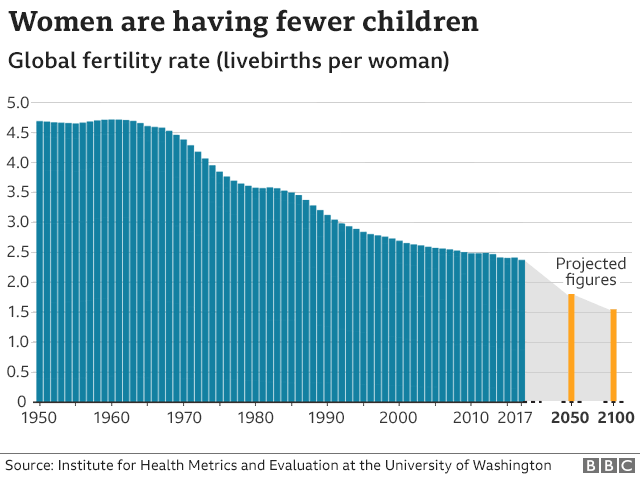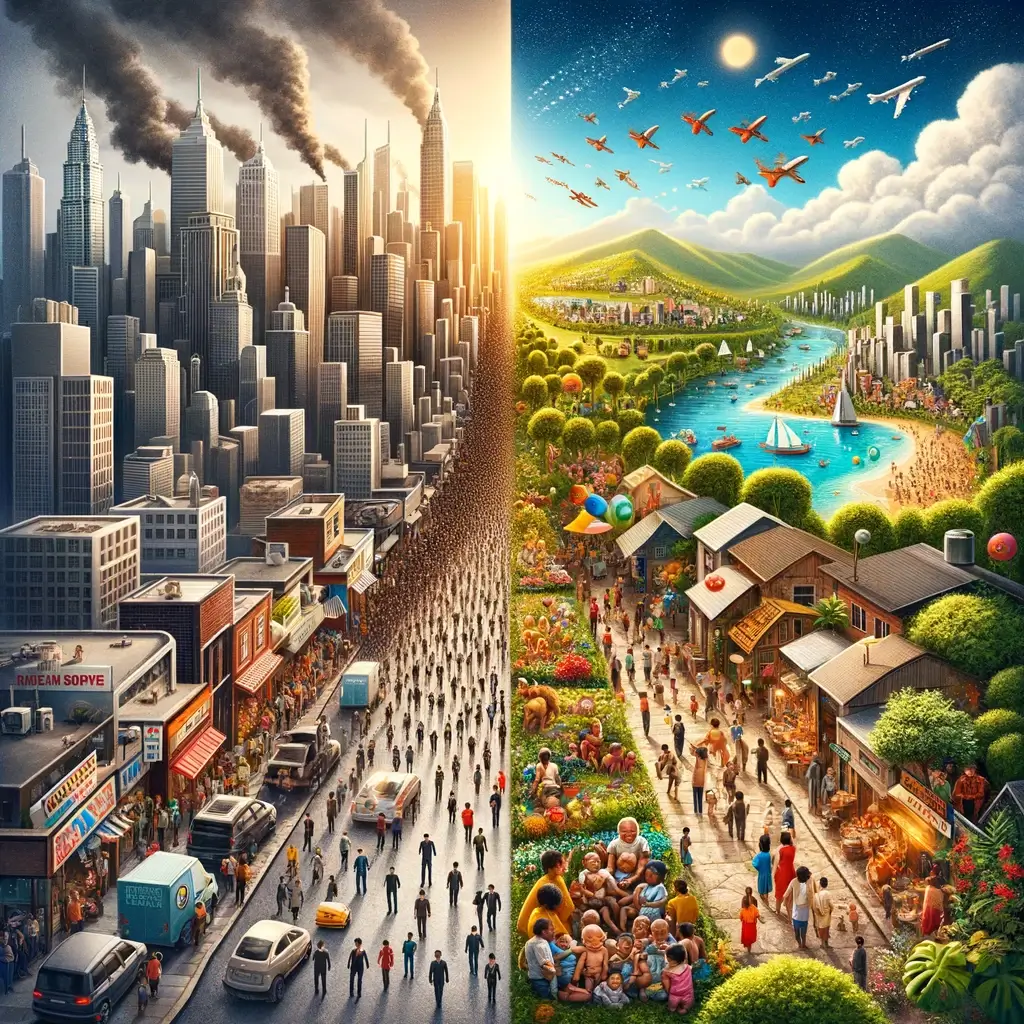“A business that makes nothing but money is a poor business.” Henry Ford
It’s funny that in business, sometimes, by being less focused on profit, it can be easier to make more profit. By focusing on higher and more important things, such as serving the customer, the mission, and “more important” things.
The same is true for a country. Growth by itself shouldn’t be the focus.
Measuring GDP is like measuring the revenue of a company.
There are loads of things you can do to grow it, but it might not be in the long term interest of the company, or country. You can maximise revenue for short term which causes long term problems.
I believe that is exactly what most economies are doing now. We are too obsessed with economic growth and see it as the only measurement of how successful an economy is. I also think there are lots of other problems with our economic model and how we are thinking about it.
We should think about some of the problems we have in multiple ways to get a more complete picture of it.
Just like in a company you have a revenue or profit KPI, you will also have a more “qualitative” KPI which measures the success, sustainability of the company, or the happiness and satisfaction of the customers.
In order to counter it, we should to have additional KPI to measure the success of the economy.
One of those can be the birth rates.
It is possible to have a rising economic growth, but falling birth rates.
Birth rates is 1) important, because it is an a measure of future economic potential, (whereas GDP is a record of the past economic activity, often it is a result of years ago, or what happened many hundreds of years ago, in the case of developed countries that used to be empires).
But also for the other reason that it is a measure of how much of the economic surplus citizens enjoy. How much abundance they experience.
It is a law of nature that when animals have abundance, their populations expand. When they have scarcity, they shrink.
The relationship between resource availability and population expansion is a well-established principle in ecology, often discussed in the context of the “carrying capacity” of an environment. The concept suggests that populations grow when resources (such as food, space, and water) are abundant and shrink or stabilize when resources become scarce. This principle applies to both animal and human populations and is a fundamental aspect of population ecology.

There are two models and theories that can be used to explain it
Logistic Growth Model
The logistic growth model is a more refined understanding of population dynamics than the earlier Malthusian model. It describes how populations initially grow rapidly when conditions are favorable and resources are abundant, but the growth rate eventually slows down as resources become scarcer and the population approaches the environment’s carrying capacity. The carrying capacity (K) is the maximum population size that an environment can sustain indefinitely without being degraded. The logistic model is represented by the equation:

r/K Selection Theory
This theory is another concept in ecology that explains how population growth strategies vary between species and are influenced by environmental conditions. The theory proposes two ends of a reproductive strategy spectrum:
- r-selected species: These species reproduce quickly and in large numbers when conditions are right (i.e., when resources are abundant). They tend to have many offspring, each of which has a relatively low probability of surviving to adulthood (e.g., insects, rodents).
- K-selected species: These species invest more resources in fewer offspring, each of which has a higher probability of surviving to maturity. This strategy is often adopted in environments where resources are more stable but limited, leading to competition (e.g., elephants, humans).
If there is a huge field with abundant food and space, and you introduce rabbits, they will grow and develop and expand. When the field is smaller, and the food supply is smaller, they will have fewer babies.
For many of our modern economies we are growing GDP, and GDP targets and this way of thinking is embedded in our entire economic system, but to the expense of citizens who are actually getting less.
Many people are 1) effectively slaves by another name, working to the bone, living far away from work, priced out of housing, commuting with minimal freedom living paycheck to pay check, with little savings and little to show for it, or 2) similar to an animal in a zoo, living in a small city apartment, surrounded by other animals, with a lack of space, and freedom, or a combination of these two.
Birth rates are falling.

Many economies and governments realise that birth rates are important and they are trying to boost birth rates, but their mistake is that they see birth rates as a target rather than an indicator.
You can read more here:
